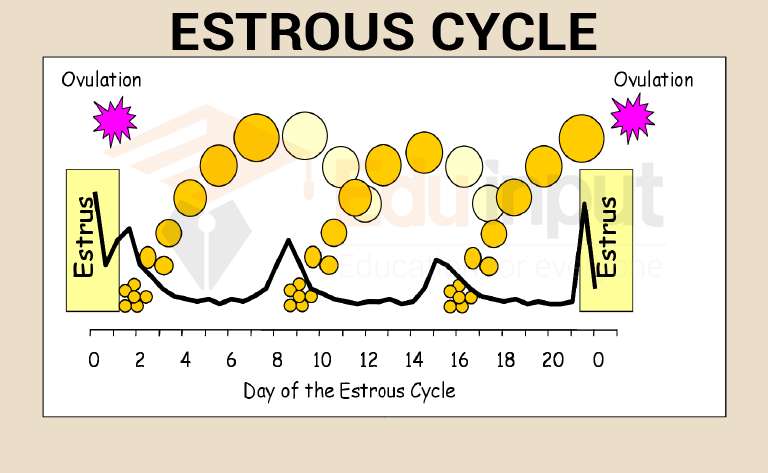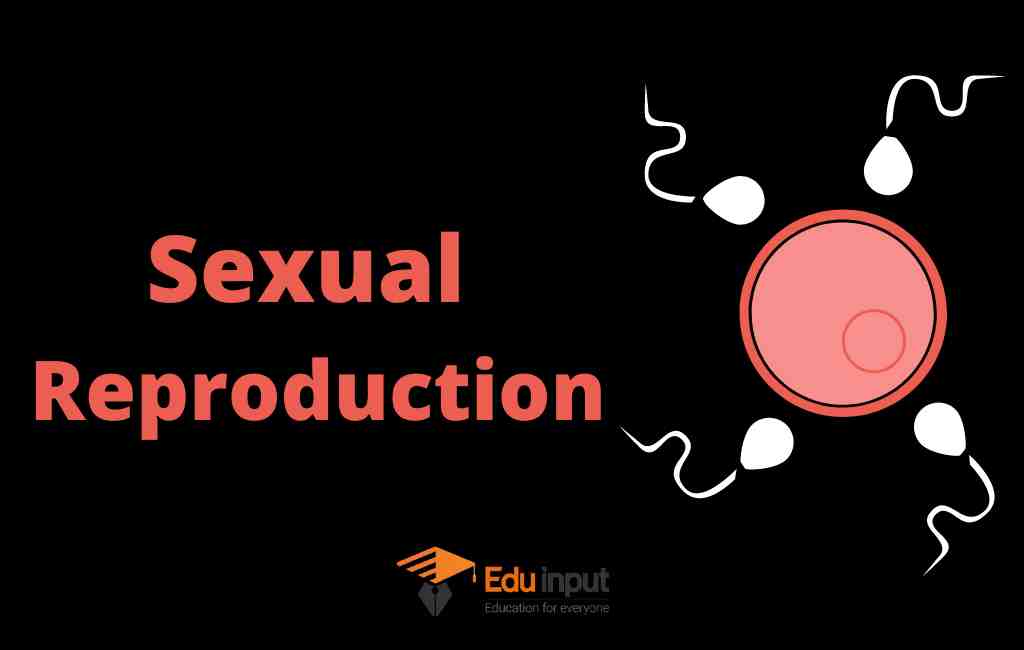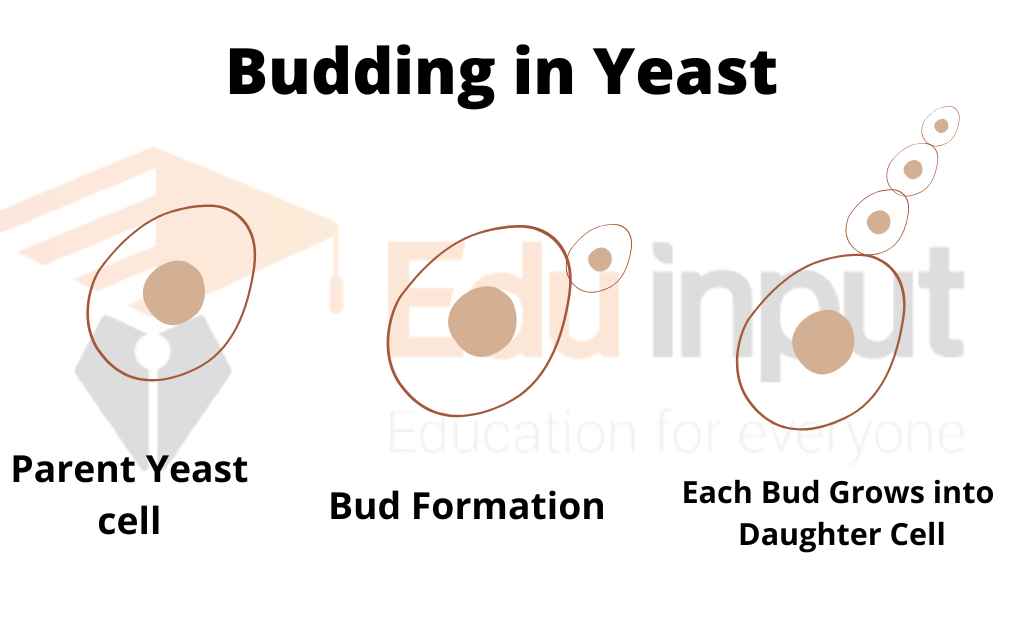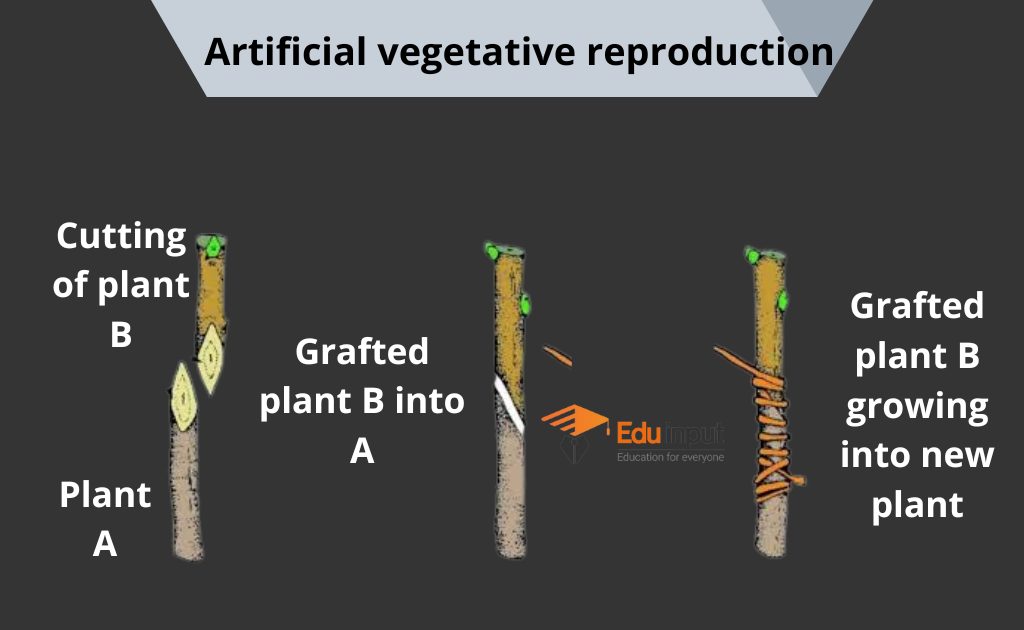Estrous Cycle-Mechanism and Phases
The word estrus means “in season” or “in heat”. In humans, the term refers to the time during which a female animal is receptive to sexual intercourse.
Duration Of Estrous Cycles
Estrous cycles occur every month and vary from species to species. They also differ between individuals within a species. For example, some animals experience estrus only once per year, whereas other animals experience estrus multiple times each year.
The estrous cycle in cattle is usually 18 to 24 days. The luteal phase lasts 14-18 days and the met-estrus and di-estrus phases last 4–6 days.
Mechanism Of Estrous Cycle
The estrous cycle is the pattern of ovarian activity that allows female animals to go from a period of reproductive receptivity to non-receptivity and eventually allow the establishment of pregnancy.
- The follicular phase is the period following the demise of the corpus luteum, while the luteal phase is the period following the formation of the corpus luteum.
- The release of an oocyte into the oviduct allows the potential for fertilization as the final maturation and ovulation of the ovulatory follicle occur.
- Most female mammals undergo an estrus cycle. Estrus is a time during which the female behaviorally and physiologically becomes receptive to the male. The hormonal changes stimulate the maturation of ova in the ovary.
- These changes induce ovulation. The release of one or more mature ova from an ovarian follicle is called ovulation. A few mammals (e.g rabbits, ferrets, and mink) are induced ovulators. Copulation induces ovulation in them.
Hormonal Changes During Estrous cycle
Hormones cause changes in the uterus and vagina. The inner lining of the uterus proliferates (US) with the maturation of ova. The uterus becomes more vascular. It is prepared for receiving developing embryos. External swelling occurs in the vaginal area.
It increases glandular discharge (secretion). The proliferation of the vaginal mucosa takes place. The mating desire is increased in the male. The females become receptive to males.
If fertilization does not occur, the changes in the uterus and vagina are reversed and the next cycle begins. Bleeding or sloughing does not occur in the uterine wall.

Types of Mammals
These mammals may be:
(a) Monestrus Mammals: These mammals have only a single seasonal yearly estrus cycle. Many mammals are monestrus. Example: wild dogs, bears, and sea lions.
(b) Diestrus Mammals: They have two estrus cycles in a year. e.g domestic dogs.
(c) Polyestrus Mammals: They have many estrus cycles in a year. The estrus cycles of rats and mice is repeated after every four to six days.
Phases of Estrus Cycle
It consists of three distinct phases: proestrus, estrus, and diestrus. Each phase is characterized by specific physical changes in the body and behavior.
Proestrus Phase
Proestrus occurs just before ovulation. During this phase, the uterus is filled with fluid and the lining of the vagina is thickened. A woman’s body temperature rises slightly and she may experience increased sexual desire.
Metaestrus Phase
A phase in which the ovum is released.
Estrus Phase
Estrus begins approximately two days after ovulation. During this period, the cervix opens and the lining of the uterus becomes thin. The vulva swells and secretions increase.
Diestrus Phase
Diestrus follows estrus and continues until menstruation starts. During this phase, progesterone levels rise and the lining of the womb thins out. Secretion decreases and the vulva shrinks. Menstrual cycles begin at this time.

 written by
written by 




Leave a Reply